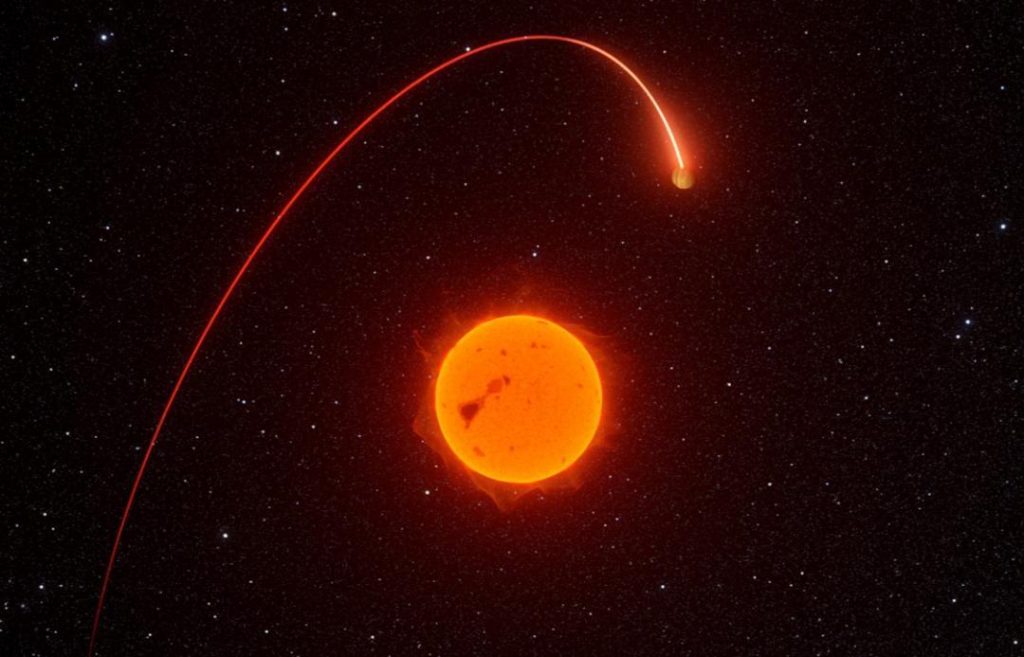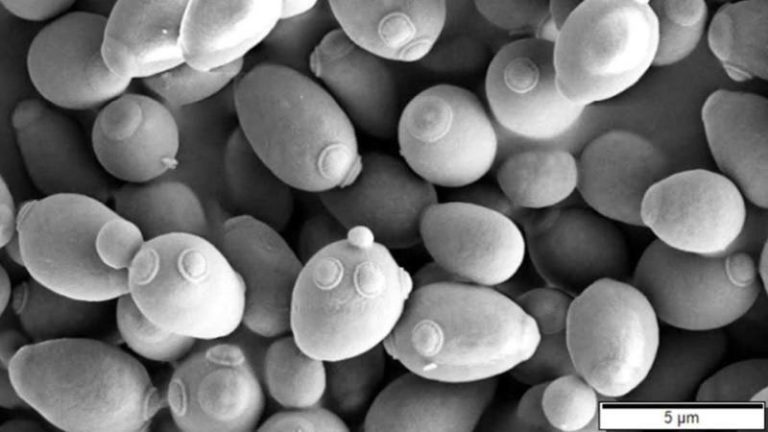
Exoplanet 12 Times More Massive than Jupiter Found
In a groundbreaking discovery, scientists at the European Space Agency (ESA) have confirmed the existence of two mysterious celestial objects: ‘Gaia-4b’ exoplanet and ‘Gaia-5b’ brown dwarf. These massive objects are unexpectedly orbiting low-mass stars, sending shockwaves throughout the scientific community.
According to the ESA, Gaia-4b is a gas giant exoplanet that stands out for its incredible size. With a mass twelve times that of Jupiter, the largest planet in our solar system, Gaia-4b is an extraordinary find. What’s more, its orbital period of 570 days makes it a relatively slow-moving planet, implying that it is a cold gas giant.
But Gaia-4b is not the only remarkable discovery. The ESA also detected a brown dwarf, dubbed Gaia-5b, which is a celestial body that is larger than a planet but smaller than a star. Brown dwarfs are often referred to as “failed stars” because they do not have enough mass to sustain nuclear fusion in their cores, unlike stars.
The existence of these massive objects orbiting low-mass stars is a fascinating phenomenon that has left scientists scratching their heads. According to the ESA, the stars in question are smaller and cooler than the Sun, with masses between 0.2 and 0.8 times that of our solar system’s central star.
The discovery was made possible through the ESA’s Gaia spacecraft, which has been mapping the stars in the Milky Way galaxy since 2013. By monitoring the wobbles of these stars, scientists were able to detect the presence of the massive objects. This technique, known as the radial velocity method, involves measuring the star’s motion along our line of sight.
“We are thrilled to have made this unexpected discovery,” said Dr. [Name], lead scientist of the Gaia mission. “The Gaia spacecraft has opened up new avenues for studying the properties of exoplanets and brown dwarfs, and we are eager to continue exploring the vast expanse of our galaxy.”
The discovery of Gaia-4b and Gaia-5b has significant implications for our understanding of planetary formation and evolution. The presence of massive objects orbiting low-mass stars challenges our current models of planetary migration and the formation of planetary systems.
Furthermore, the detection of these objects highlights the importance of continued investment in space exploration and the development of new technologies. The Gaia spacecraft, for example, relies on advanced instruments and sophisticated data analysis techniques to detect the subtle wobbles of stars.
As we continue to explore the universe, we may uncover even more surprises like Gaia-4b and Gaia-5b. The discovery of these massive objects serves as a reminder of the awe-inspiring complexity and diversity of the cosmos, and the importance of continued scientific inquiry.
News Source:
https://www.esa.int/Science_Exploration/Space_Science/Gaia/Wobbling_stars_reveal_hidden_companions_in_Gaia_data






